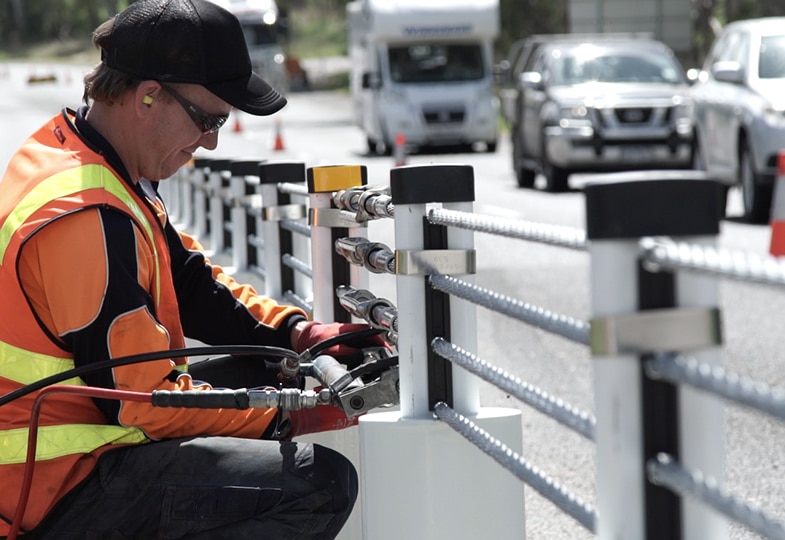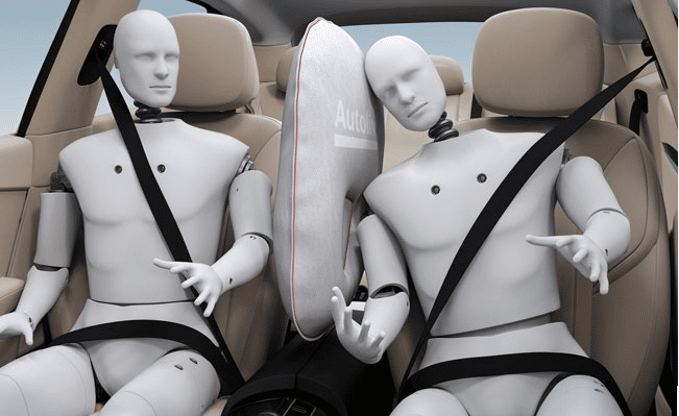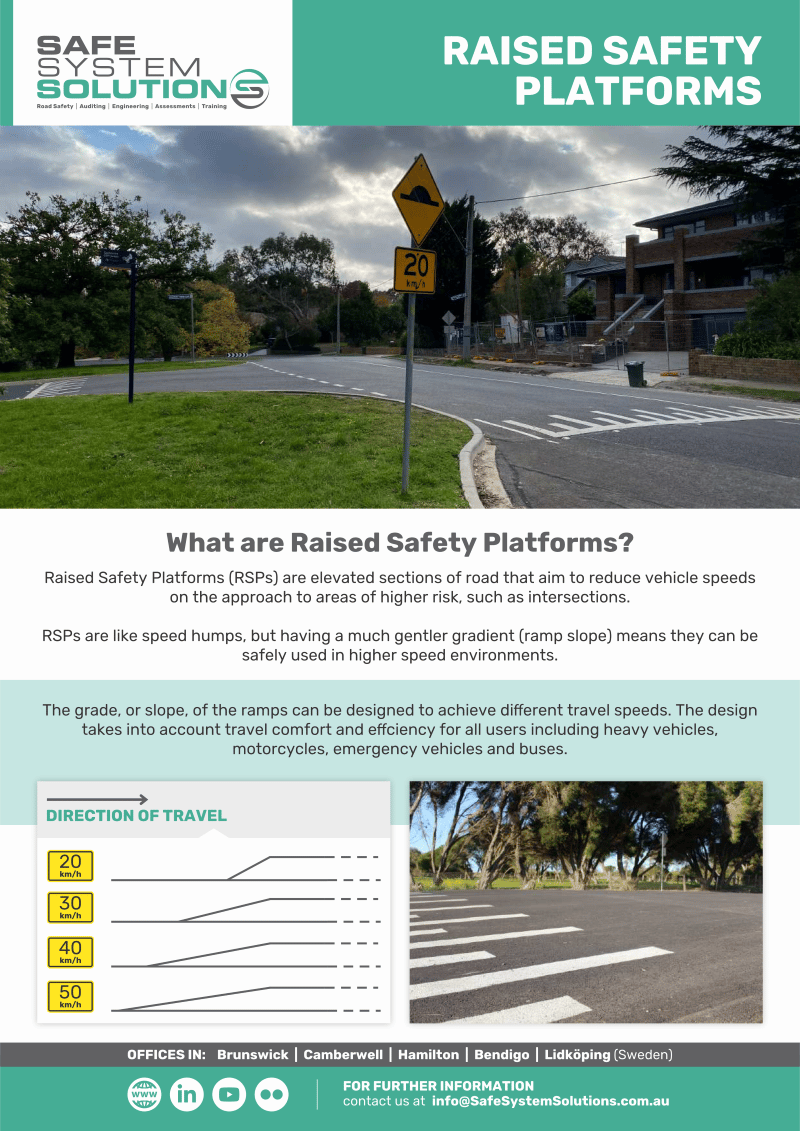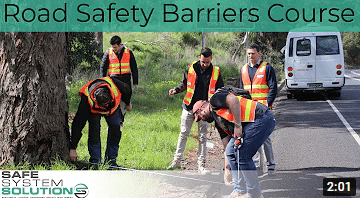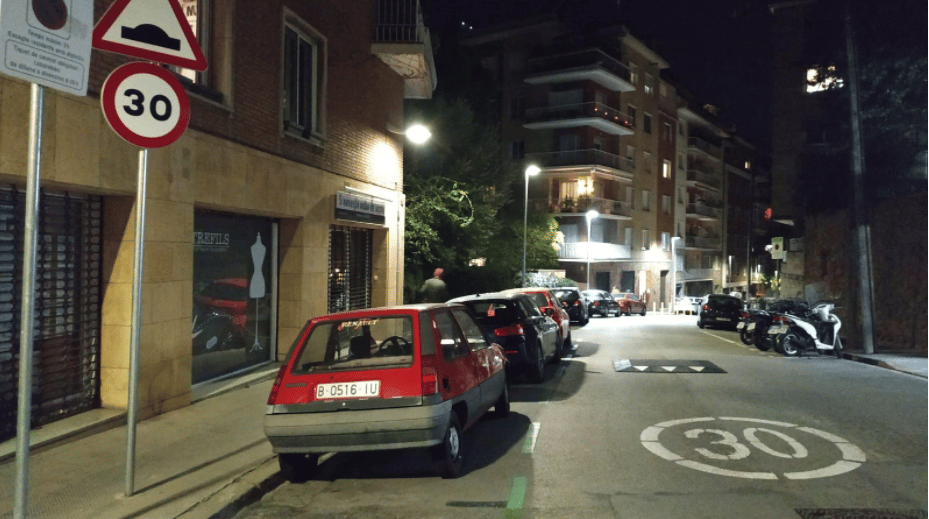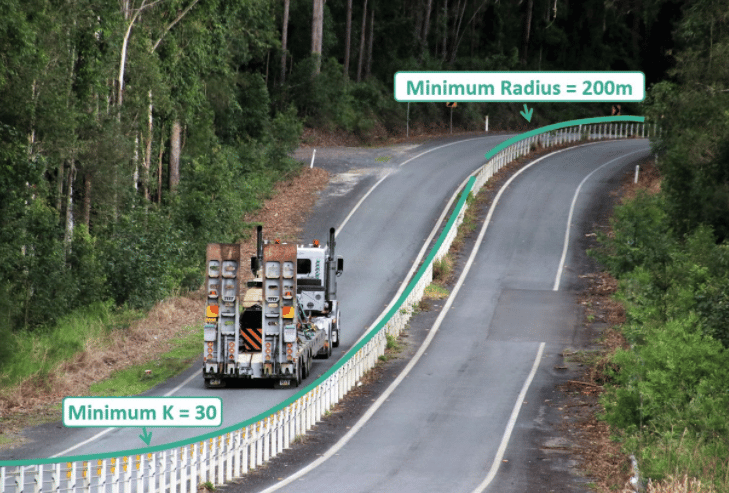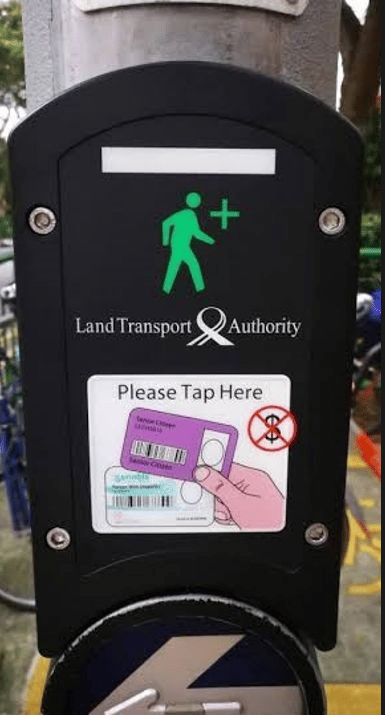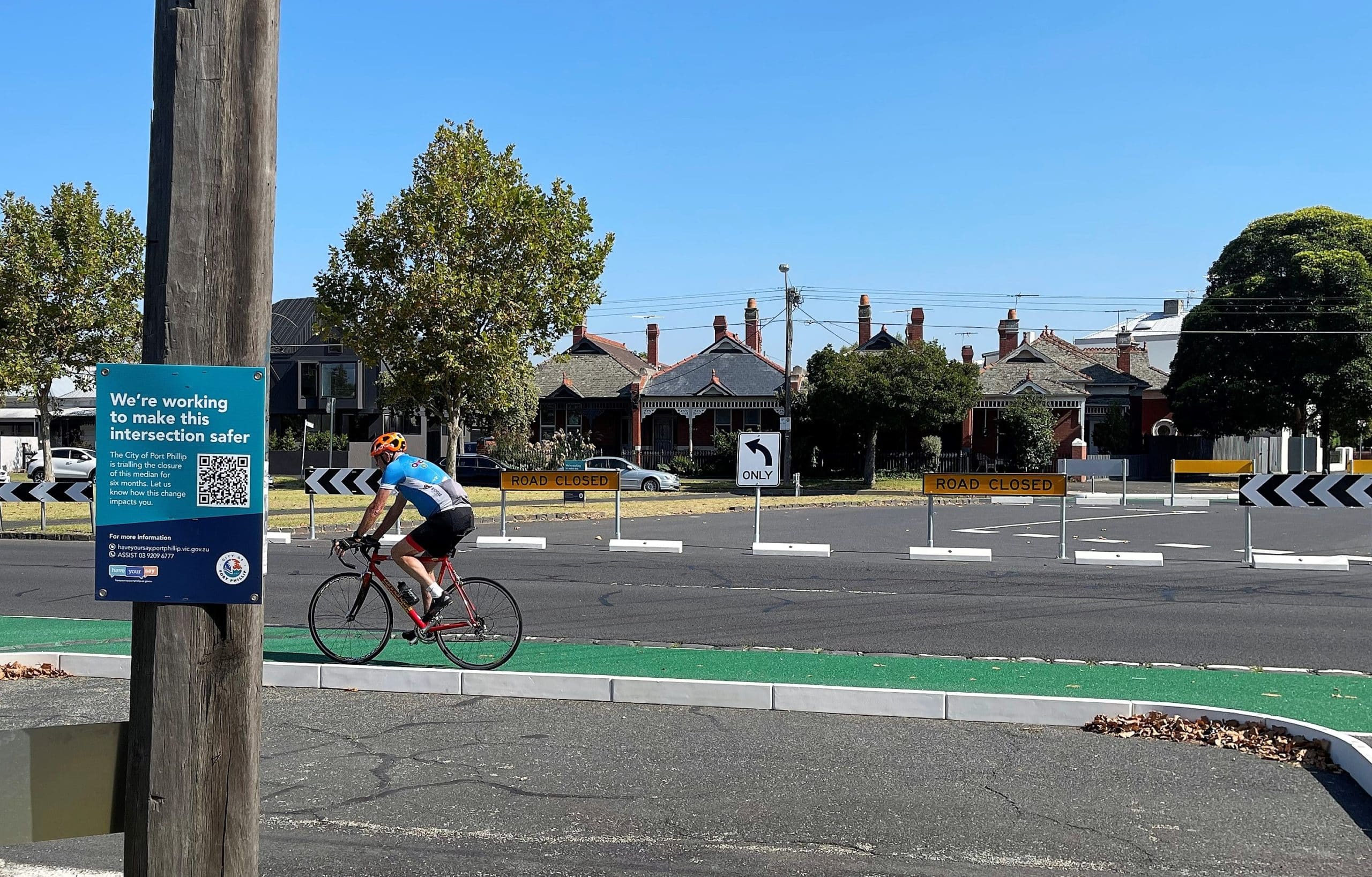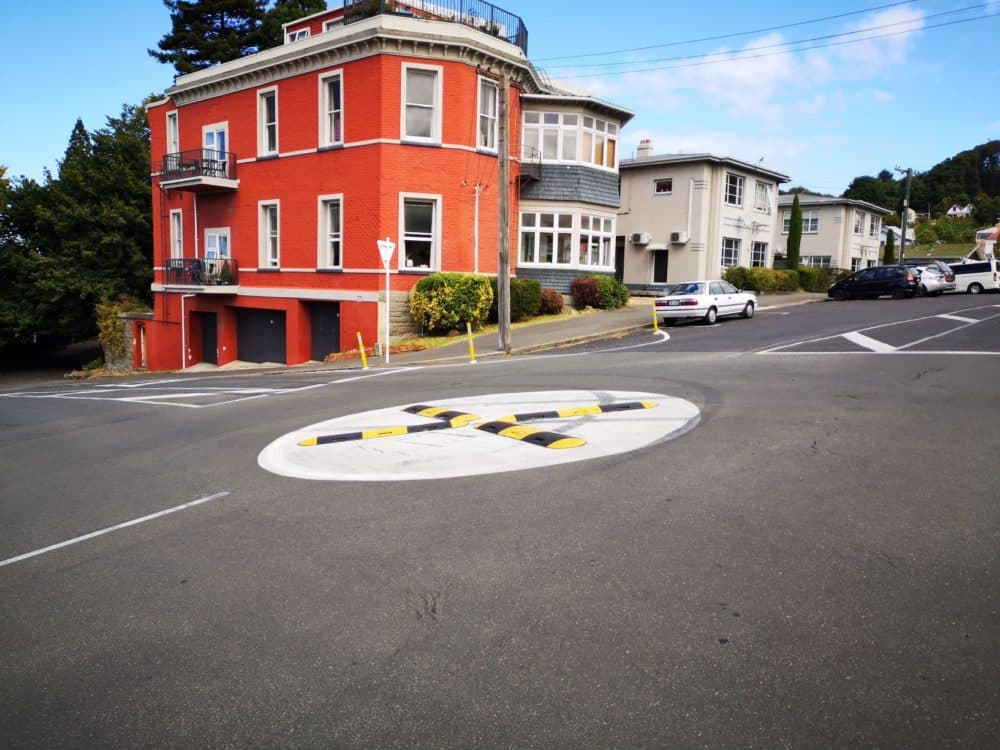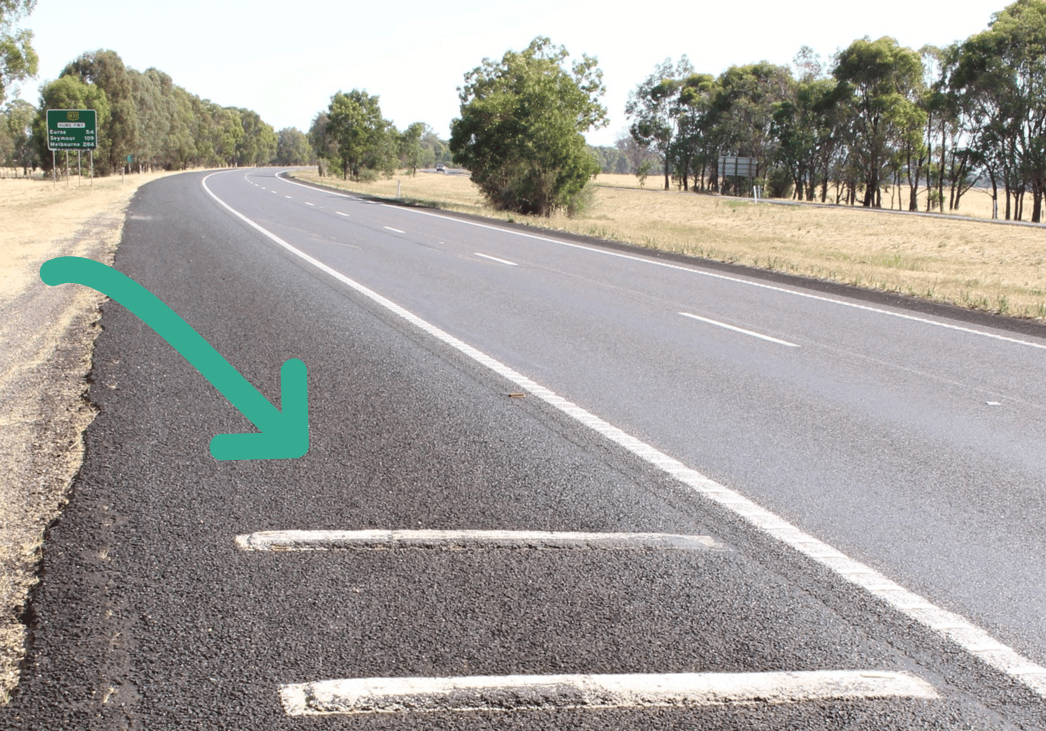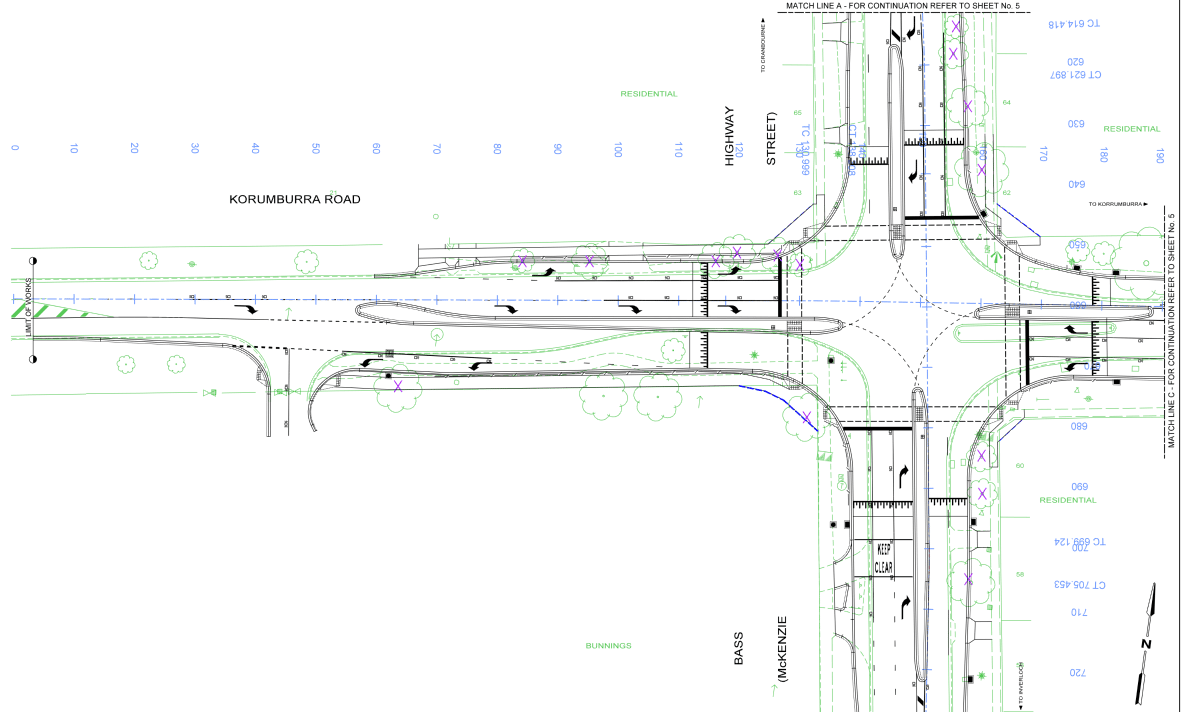Latest News
Australasian Road Safety Conference – September 2021
We're excited that the Australasian Road Safety Conference is back in 2021.Papers accepted from Safe System Solutions Pty Ltd.:Kathy Doukouris - Road Safety Capability Requirements for Road AuthoritiesKenn Beer & Max McCardel - Roads That Cars Can Read assessment:...
Safe System Snippet #111 Wire Rope Safety Barrier – rope tension
Wire Rope Safety Barrier - rope tensionWire rope systems will deflect more on hot days and less on cold days. The required wire rope tension for a specific installation is calculated using the Annual Average Daily Temperature at site and the Product Manual. It is...
Safe System Snippet #110 Centre Airbags
Centre airbags are designed to minimise the impact between the two front seat occupants in side-impact and rollover crashes. These airbags are deployed from the side of the driver’s and/or front passenger seat. The result is that they reduce the likelihood of the...
Raised Safety Platforms – factsheet
If you build it, they will live. Raised Safety Platform factsheet.
Road Safety Barriers Technical Training – 20 July 2021
Road Safety Barriers technical training course (Melb) starts 20 July.✔Barrier design✔Systems and products✔New Austroads Guide to Road Design Part 6✔Testing✔MASH✔Barrier selection✔Crash cushions✔End terminals✔Design challenges✔Transitions✔Motorcyclists✔Containment...
Safe System Snippet #109 Urban Speed Limit Reduction
In Australia and New Zealand we fight tooth and nail to reduce the speed limit to 30km/h on each occasion. Perhaps we should follow the Spanish approach and make our urban default speed limit 30km/h, and raise the speed limit on isolated roads with appropriate...
Safe System Snippet #108 Innovative Intersections
There are a variety of innovative roundabout designs available that provide increased capacity while still retaining much of the Safe System aligned elements. These include the 'Squarcle' and the 'Cut Through'. These innovative roundabouts require signalisation to...
Safe System Snippet #107 Animal Reflectors
Around 5% of crashes with animals result in injury to humans (FHWA 2016). In NSW over a ten year period 1,708 people were injured and there were 24 deaths from crashes with animals. Kangaroos represented 60% (Ramp and Roper 2014). Single vehicle run-off-road crashes...
Training Sessions for Department of Transport Traffic Signals Cadets
Congratulations to all the DoT Traffic Signals Cadets on their interest in, and commitment to, road safety and the Safe System. This week Kenn Beer finished presenting a series of road safety training sessions with the Department of Transport Traffic Signals Cadets....
Safe System Snippet #106 Wire Rope Safety Barriers
Wire Rope Safety Barriers – curves, sags and crests.Because Wire Rope Safety Barrier systems consist of ropes in tension, the minimum allowable horizontal curve radius is 200 metres in most jurisdictions. When designing, the effect of the curve on barrier deflection...
Safe System Snippet #105 Barrier Flexibility
The more flexible the barrier system the lower the risk to light vehicle occupants.In their paper titled Feasibility of Predicting Light Vehicle Occupant Injury Disutility from Impacts with Road Safety Barriers, Burbridge and Troutbeck (2016) graphed the Acceleration...
Safe System Snippet #104 Compact Roundabouts
Alternatives to raised safety platforms at compact roundabouts.Compact roundabouts on high-speed roads are cheaper than traditional roundabouts.Currently, raised safety platforms (RSPs) are used as an alternative to reverse curves to control vehicle speeds on the...
Safe System Snippet #103 Safer Road Design for Older Pedestrians
At large signalised crossings in Singapore you can swipe your Seniors Card to get an extended pedestrian phase.Victoria Walks estimates older pedestrians (70yo+) are at 1.6 times higher risk of road crash injuries than young adults. Check out the Safer Road Design for...
Safe System Snippet #102 Kerford Road Median Closure
Congratulations to the City of Port Phillip for prioritising the safety of the entire community by trialling the closure of the median on Kerferd Road in Albert Park. This decision was despite a local petition opposing the trial.The median closure and upgrades improve...
Safe System Snippet #101 Low Cost Roundabout
Dunedin, New Zealand – the land of the low-cost compact urban roundabout.The safety benefits of roundabouts are well known. They slow vehicles, remove ultimate priority to a leg and make drivers/riders alert at the conflict point. But the costs can be exorbitant. The...
Safe System Snippet #100 – 2+1 Median Barrier Road
A 2+1 median barrier road has a continuous three-lane cross section with alternating passing lanes. A central barrier provides road users protection from head-on and run-off-road crashes, and the overtaking opportunities improve efficiency and mean the road can cater...
Safe System Snippet #99 – Audio Tactile Line Marking
The effectiveness of Audio Tactile Line Marking (ATLM) is less for heavy vehicles compared to cars. This is because the vibrations through the vehicles are less in the larger vehicles. Truck shoulder rumble strips are an option where the risk of heavy vehicle...
Safe System Snippet #98 – Raised Reflective Pavement Markers
Raised Reflective Pavement Markers (RRPMs) can reduce the likelihood of night-time casualty crashes by up to 21% (Sun and Das 2013). The Victorian colour configuration is: Red: left edge line; right side of large splitter islands (diverging traffic) White: along or...
Safe System Snippet #97 – Shared Path Crossing Priority
Shared paths inevitably cross roads. The traditional approach was to terminate the shared path and then restart it on the other side of the road. More contemporary practice is to continue the shared path over the road on a raised platform and require vehicles to give...
Safe System Snippet #96 – Wonthaggi Raised Intersection
Best practice example - Wonthaggi raised intersection. When the intersection of the Bass Highway and Korumburra Road was to be upgraded, Regional Roads Victoria – Gippsland took the bold (and ethically responsible) step to protect the travelling community from road...


